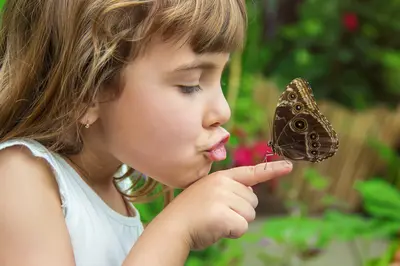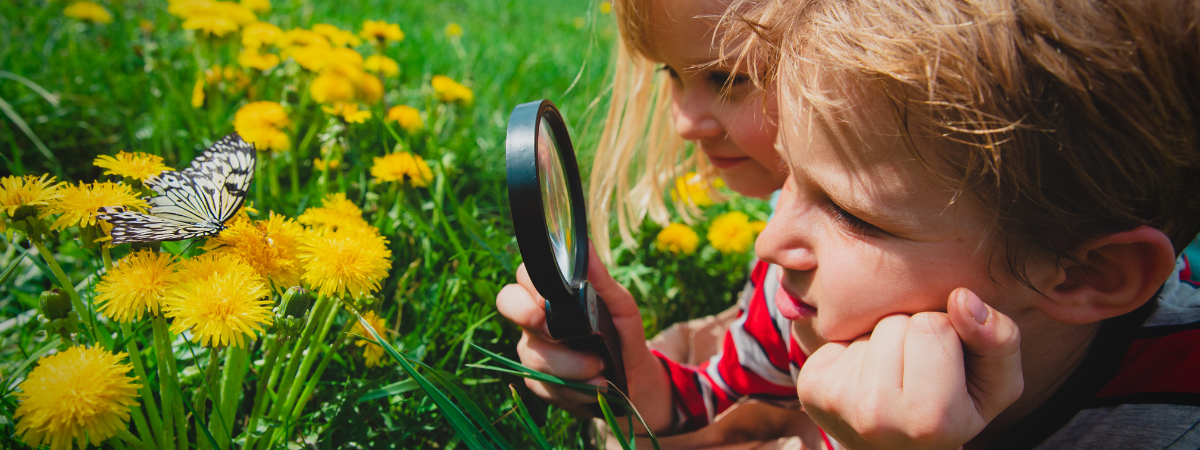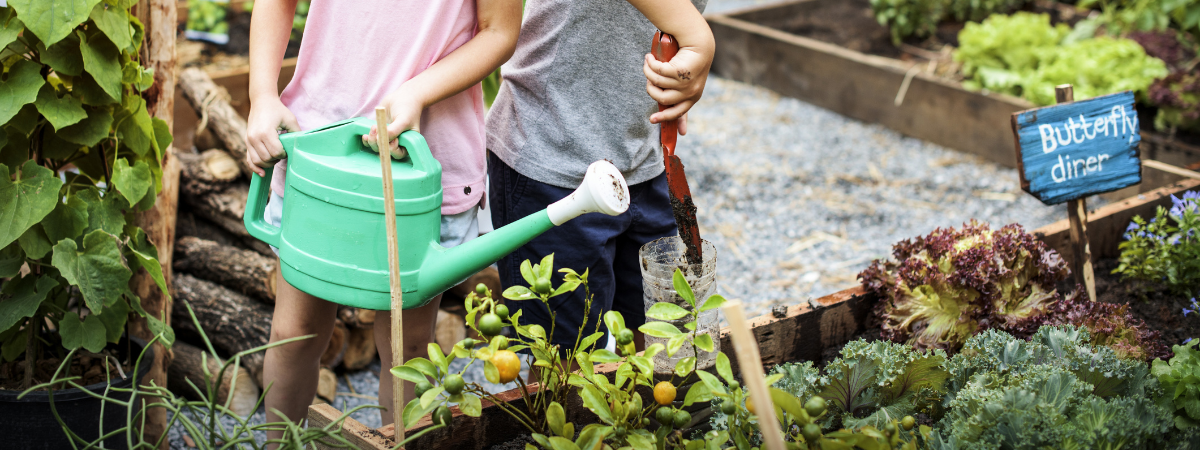
Would you love to discover the magic of nature together with your children? Turn your garden into a paradise for butterflies! These colourful creatures are not only a joy to watch, but they also play an important role in supporting biodiversity. With just a few simple changes, you can attract butterflies to your outdoor space and get your kids excited about gardening and wildlife. So pull on those wellies and head outside – time for some flittering fun!
Why Butterflies Matter
Butterflies are more than just beautiful. They help pollinate flowers and serve as indicators of a healthy environment. The more butterflies you see in your garden, the better it reflects the state of nature. And as children observe butterflies and caterpillars up close, they begin to understand the wonders of life cycles and the importance of protecting our natural world.
Which Flowers Attract Butterflies?
To draw butterflies to your garden, you'll need nectar-rich flowers. They love bright, fragrant flowers with open blooms. The more variety, the better! Plant a mix of early and late bloomers to provide nectar all season long.
- Lavender – Fragrant, purple, and loved by both butterflies and bees.
- Verbena – Tall and elegant, an absolute magnet for fluttering guests.
- Vervain (Verbena bonariensis) – Long-blooming and perfect for summer butterfly gardens.
- Coneflower (Echinacea) – A favourite of butterflies and other pollinators.
- Buddleja (Butterfly Bush) – The name says it all – a must-have in every butterfly garden!
Tip: Don’t cut back faded flowers too quickly – they provide shelter and even food for caterpillars and other insects.

Creating the Right Environment
Besides flowers, butterflies need a sheltered, sunny space to rest and warm up. As cold-blooded creatures, they rely on the sun to get active. A sunny corner with a few warm stones can be perfect. A varied garden layout with a mix of lawn, shrubs, flowers, and even a few ‘wild’ areas will make your garden even more attractive to butterflies – and other helpful wildlife too.
The Importance of Caterpillars
No butterflies without caterpillars! While caterpillars may not be everyone's favourite – especially when they nibble on leaves – they are essential for the butterfly population. You can help them thrive by including host plants like wild carrot, ivy, and autumn asters in your garden. These plants give caterpillars a safe space to grow. Popular UK butterflies like the Small Tortoiseshell and Peacock also love nettles – you can plant a few in a quiet corner or raised bed to keep them contained but effective. Leave some leaves and twigs lying around to provide hiding places for caterpillars to transform into butterflies. A perfect chance for children to witness the full lifecycle – from tiny caterpillar to graceful butterfly!

DIY Butterfly Puddle – Crafting with Kids
Butterflies don’t just drink nectar – they also need minerals found in damp soil or shallow puddles. Creating a butterfly puddle is a fun, hands-on project to do with kids. You’ll need:
- A shallow dish or flat stone
- Sand and pebbles
- Water
Fill the dish with sand and pebbles, then pour over a little water. Place it in a sunny spot in your garden. It’s a great way to provide nutrients for butterflies – and lets children observe them up close while they drink.
Start a Butterfly Diary
Children love to observe and keep track of what they see. Start a butterfly diary or calendar and record which species you spot in the garden. Draw or photograph them and look up their names together. This playful activity teaches children about nature and builds a stronger connection with their own backyard wildlife.
Your Garden – A Butterfly Paradise!
With these tips, you’ll transform your garden into a buzzing, fluttering haven for butterflies – and a fun outdoor classroom for your children. From choosing the right flowers to making a butterfly puddle or spotting caterpillars, your family will see the garden come alive in new and exciting ways.
Visit Trioscape Garden Centre in Gloucestershire for butterfly-friendly plants, expert tips, and all the inspiration you need. See you soon – and happy gardening!
